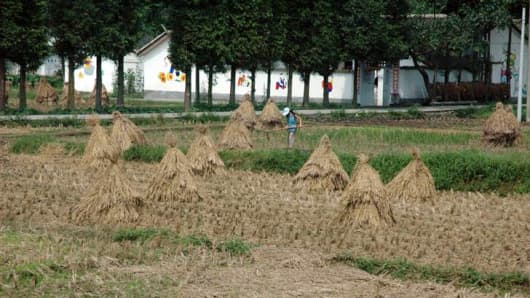Begun more than 30 years ago, China’s historic economic transformation has lifted hundreds of millions of people out of poverty, reshaped the global economy and given rise to a new power on the global stage.
It’s a monumentally ambitious plan. The goal is to keep the economy growing, spread wealth from the industrial coastal cities to inland provinces and rural areas, encourage more domestic spending, spur innovation and deliver expanded social services to sparsely populated areas that lack them.
How hungry is China for the world's food?
China’s recent slowdown has raised widespread concerns that any weakening demand there for goods and raw materials from the rest of the world could weigh on the entire global economy.
But, so far, the slowdown doesn’t seem to have dampened China’s appetite for imported food.
Though its economy has cooled markedly from once red-hot, double-digit growth, China’s transformation from an agrarian economy remains a work in progress. Slowing factory output, a recent stock market crash and the emergence of regional housing bubbles haven’t diminished the No. 1 task facing Beijing’s leaders: how to feed 1.4 billion people.



